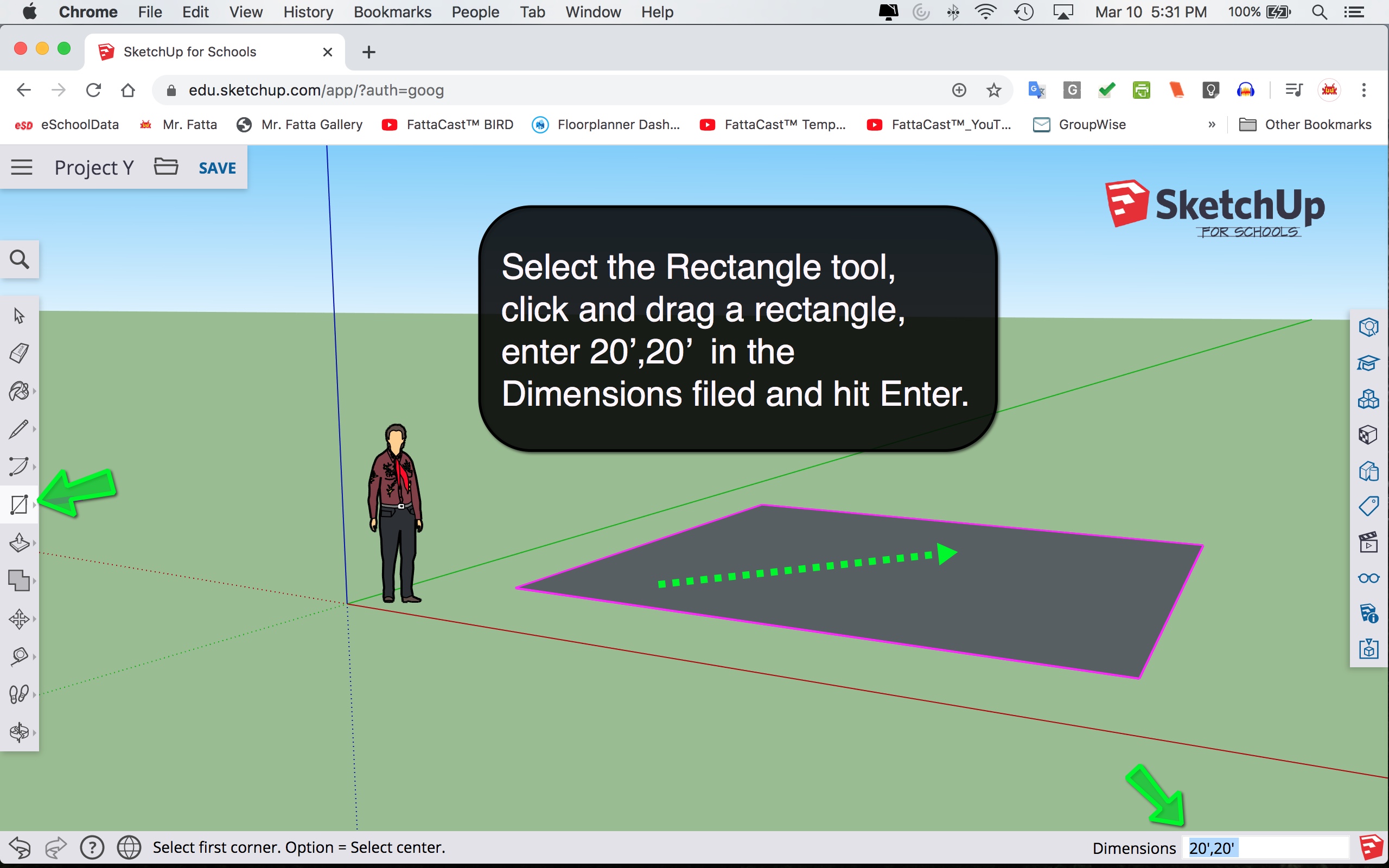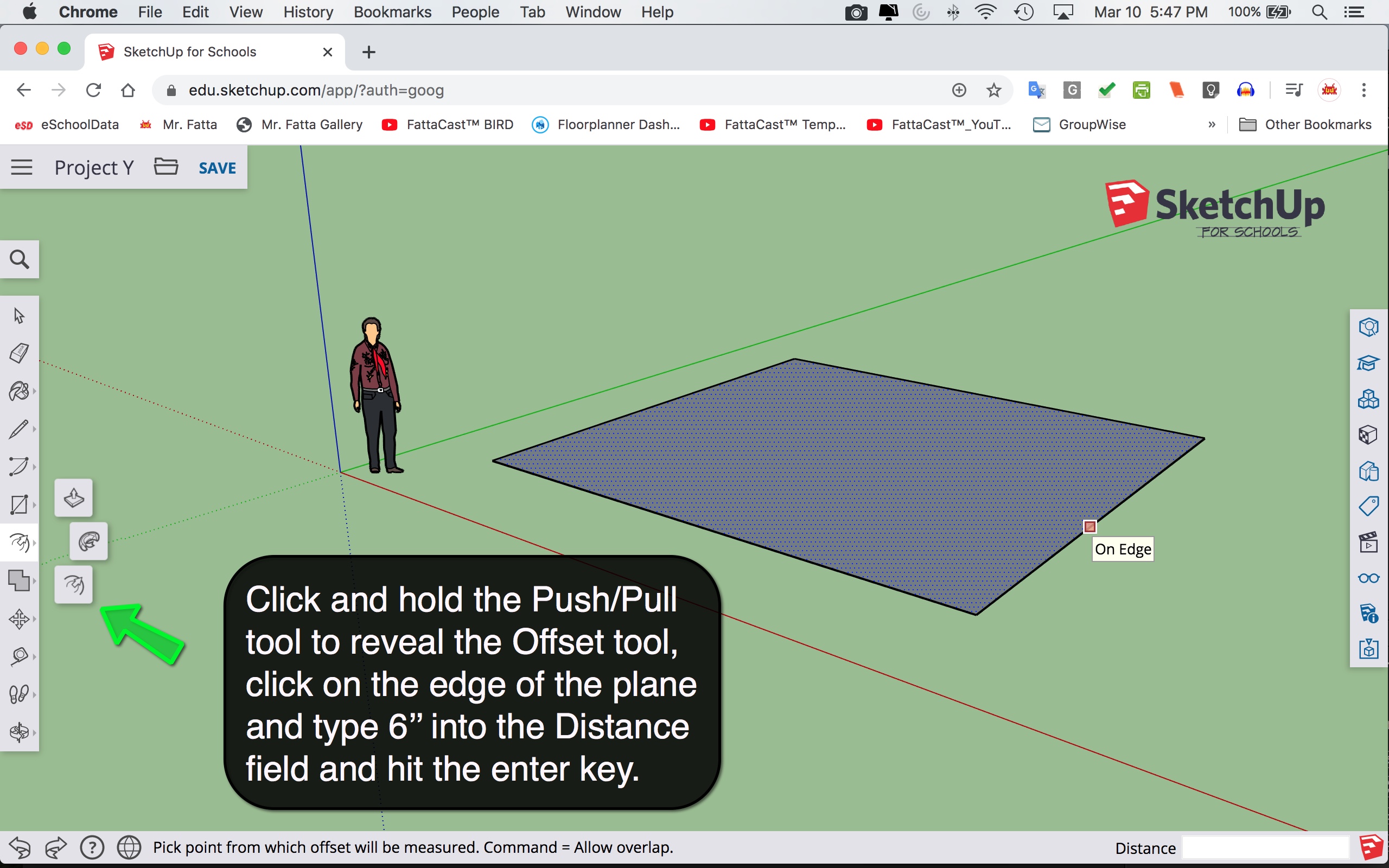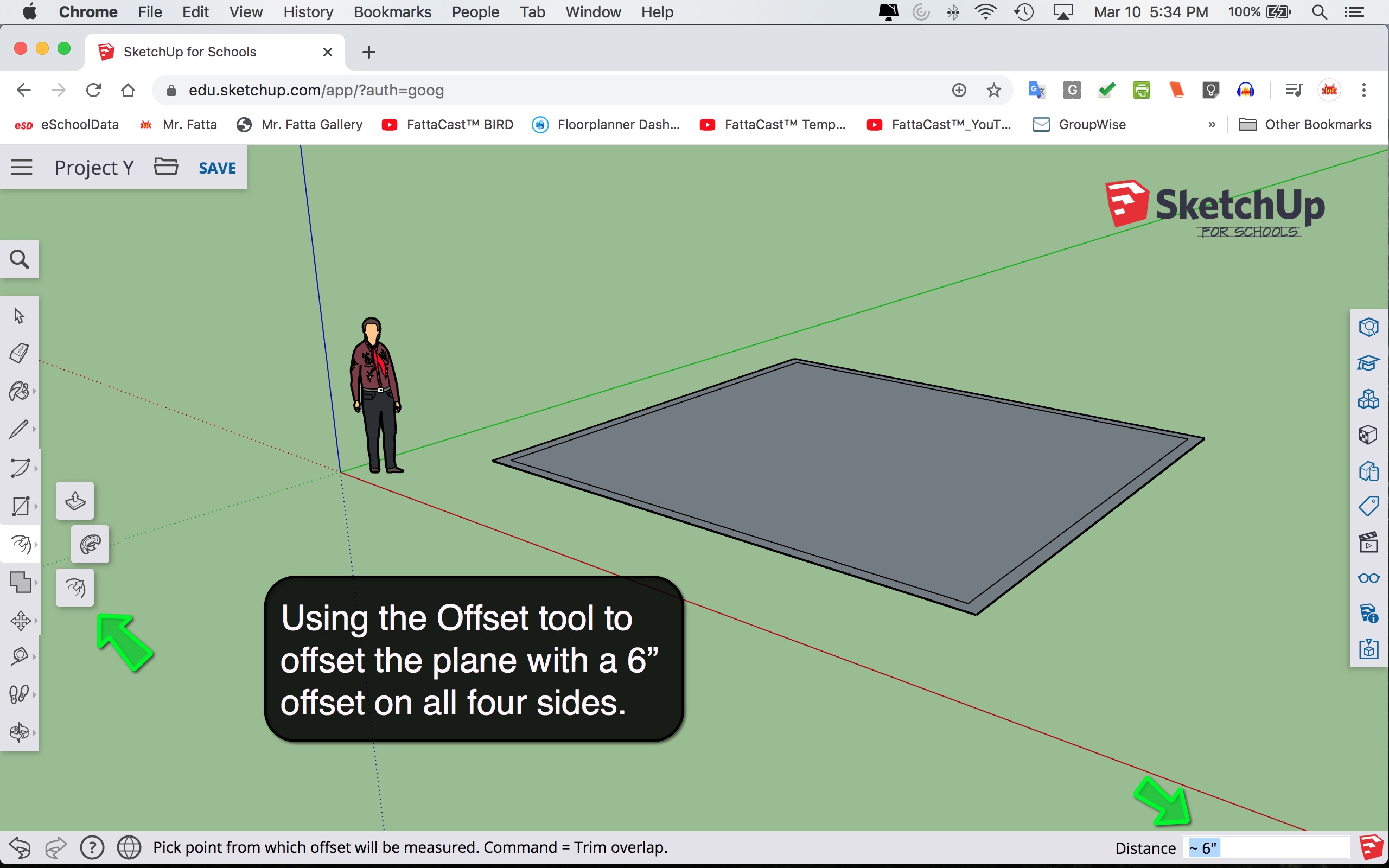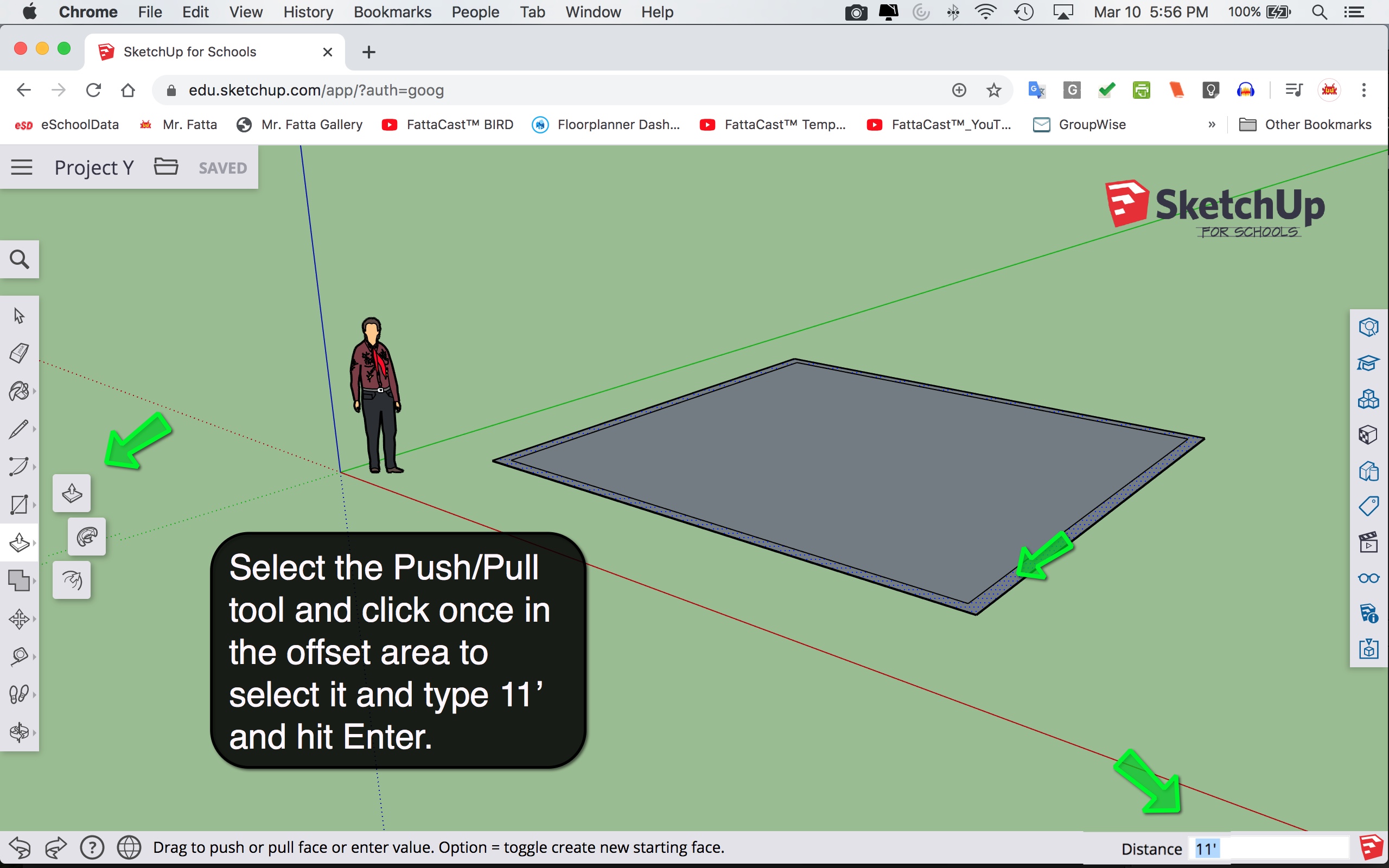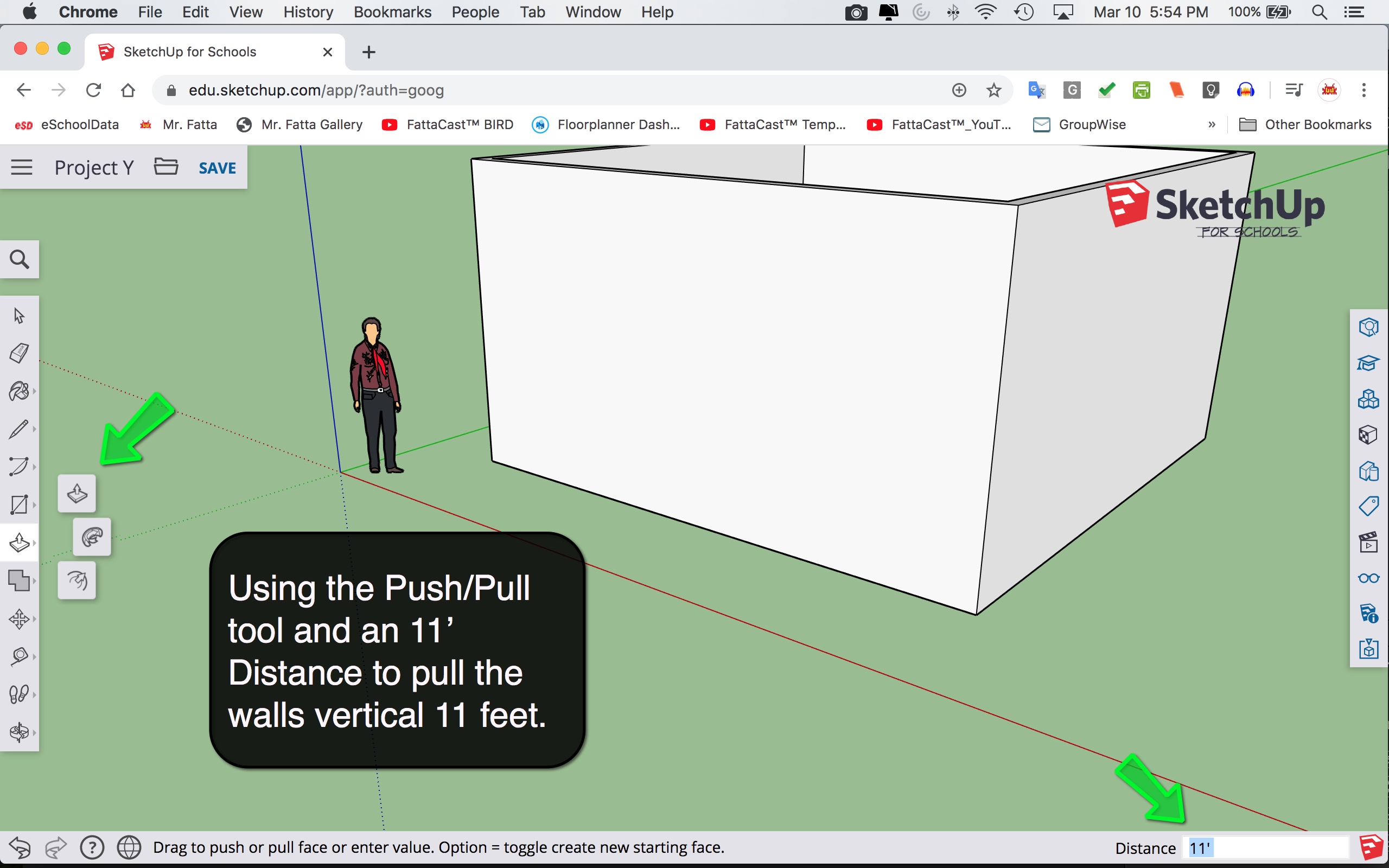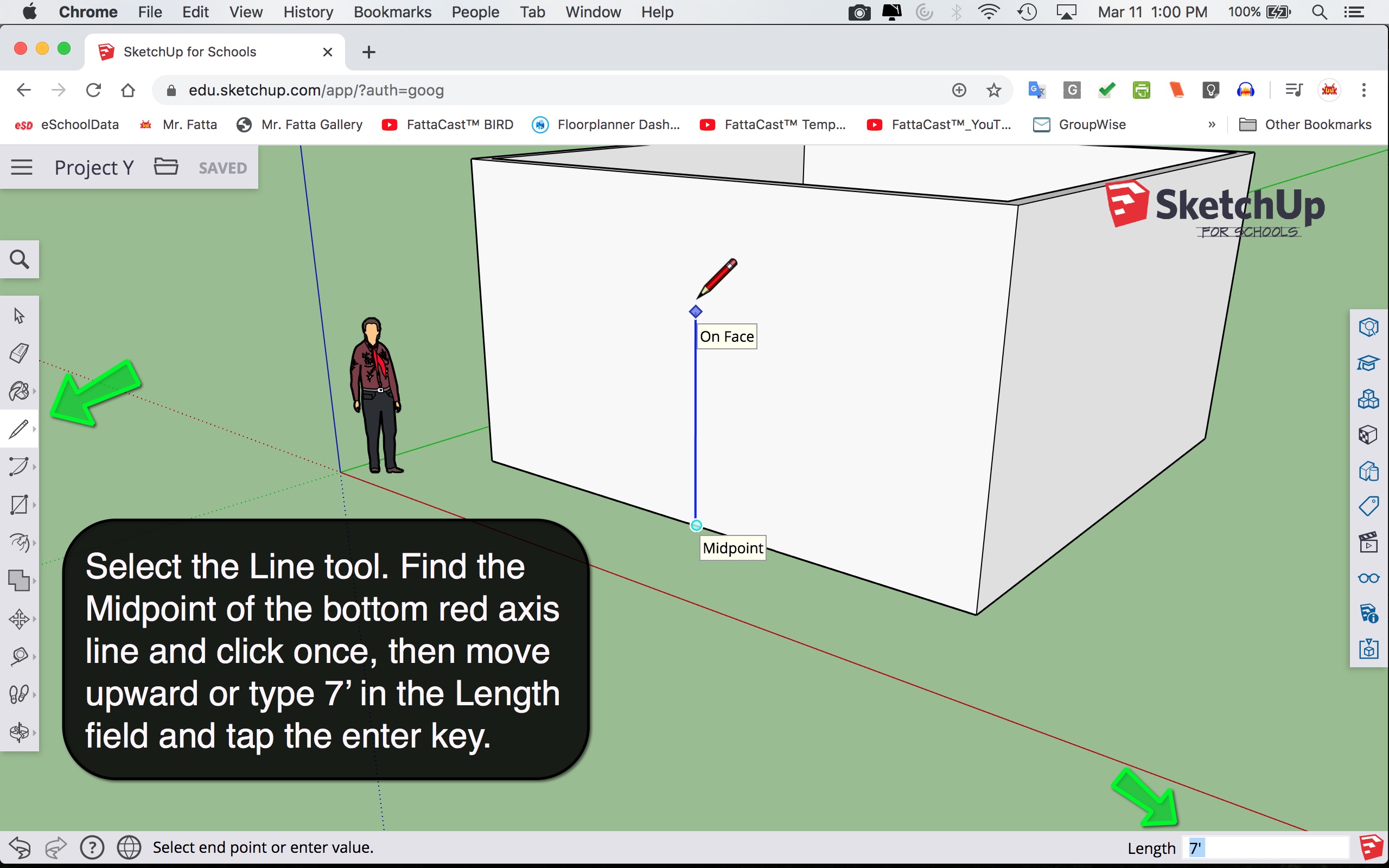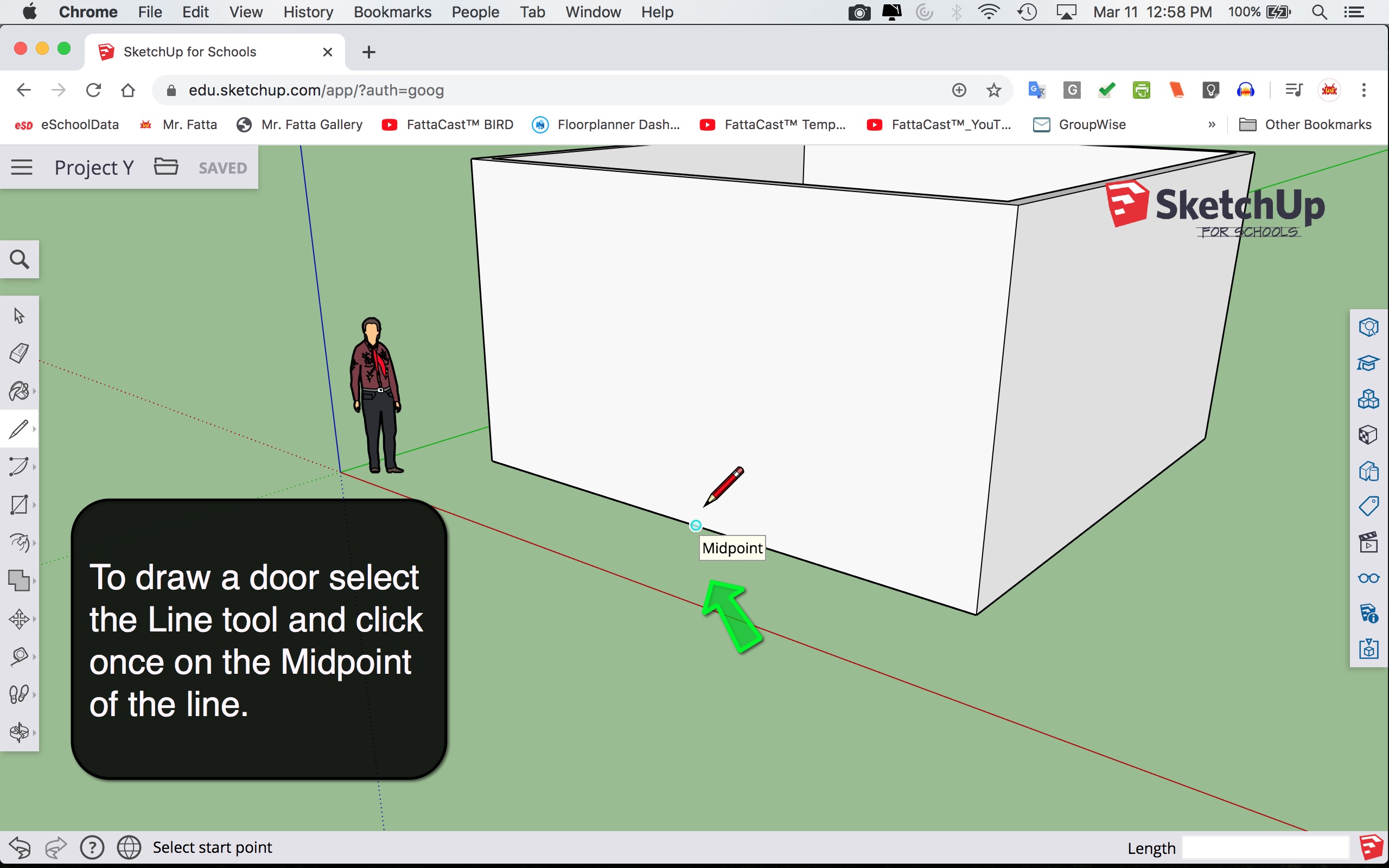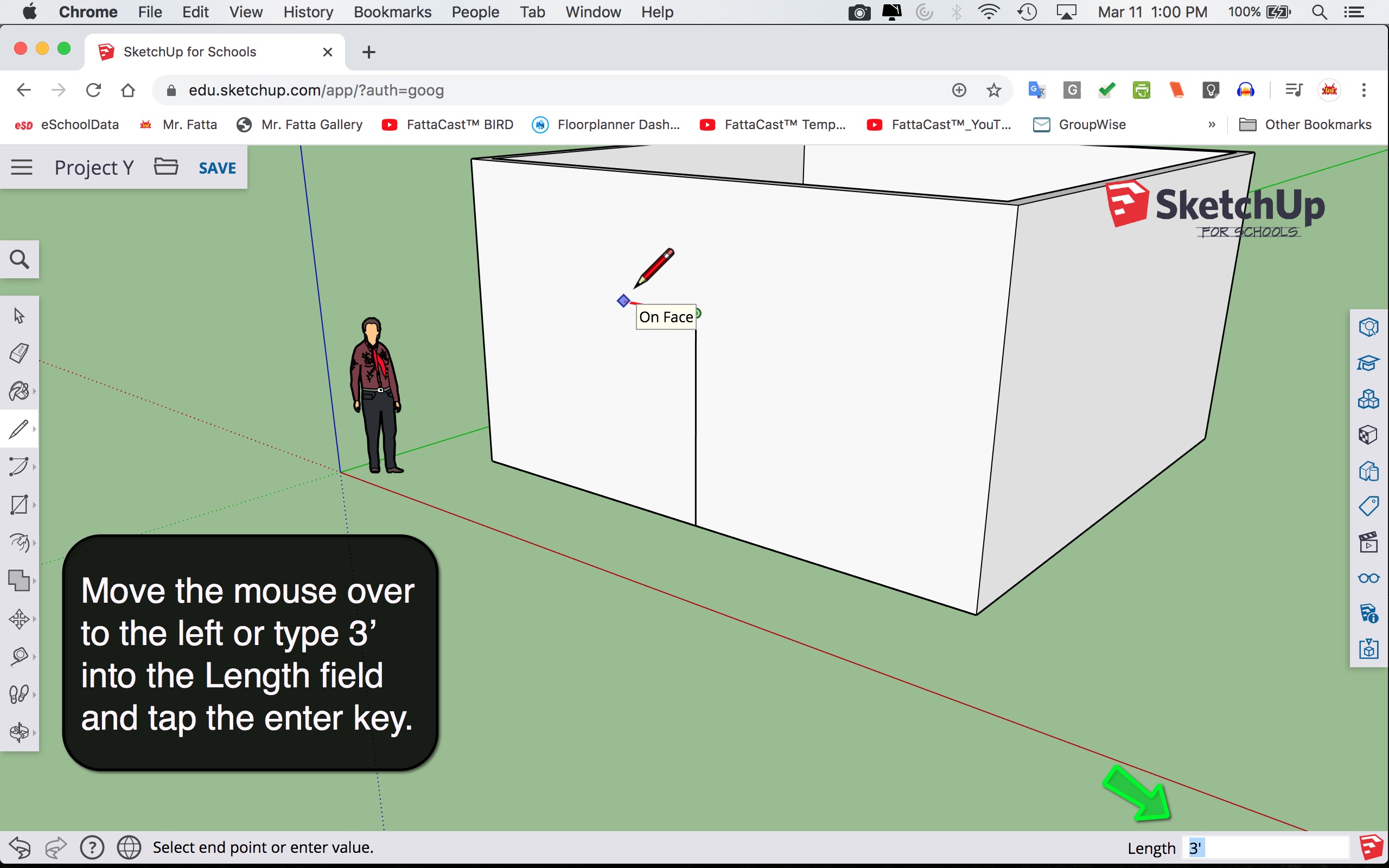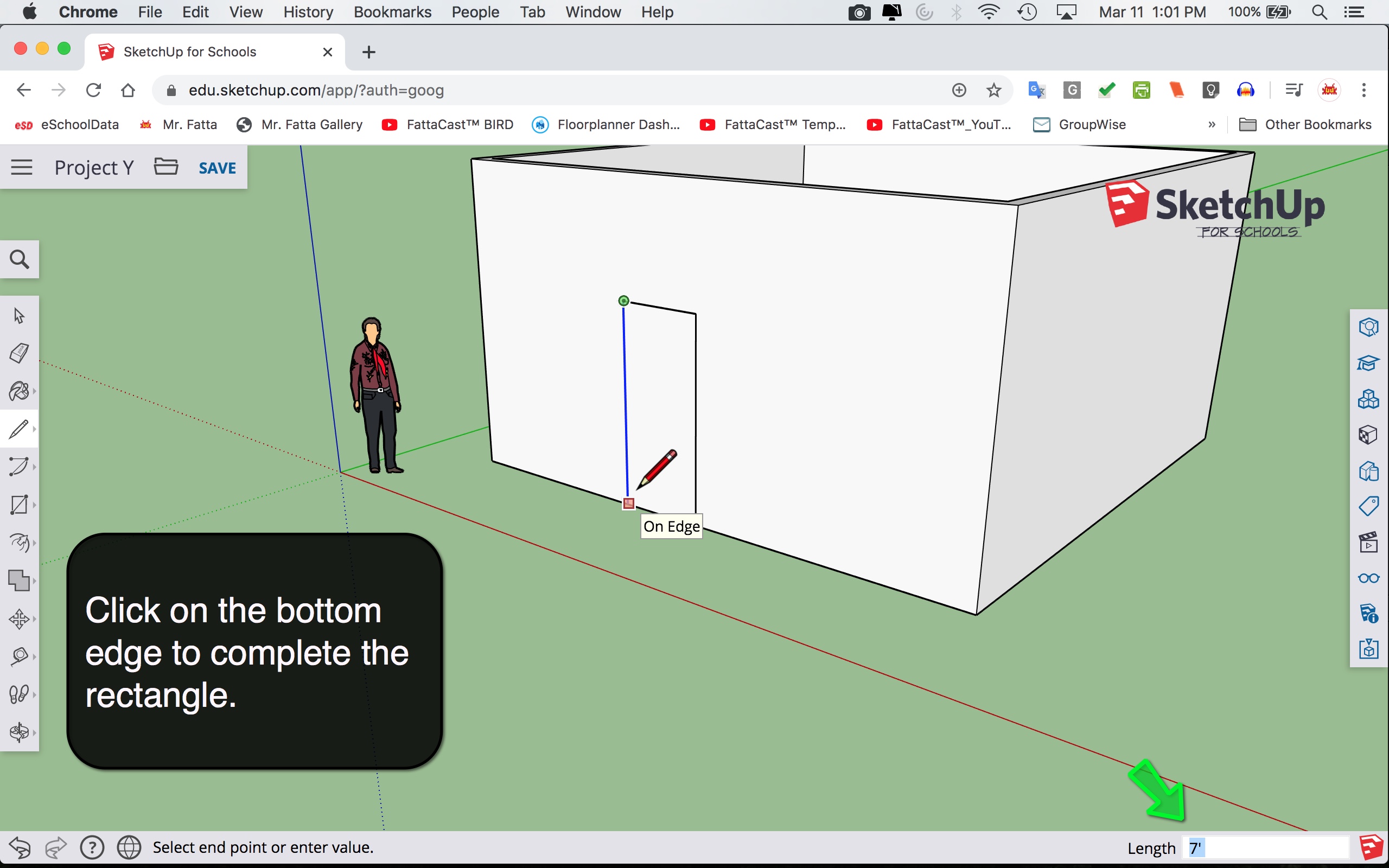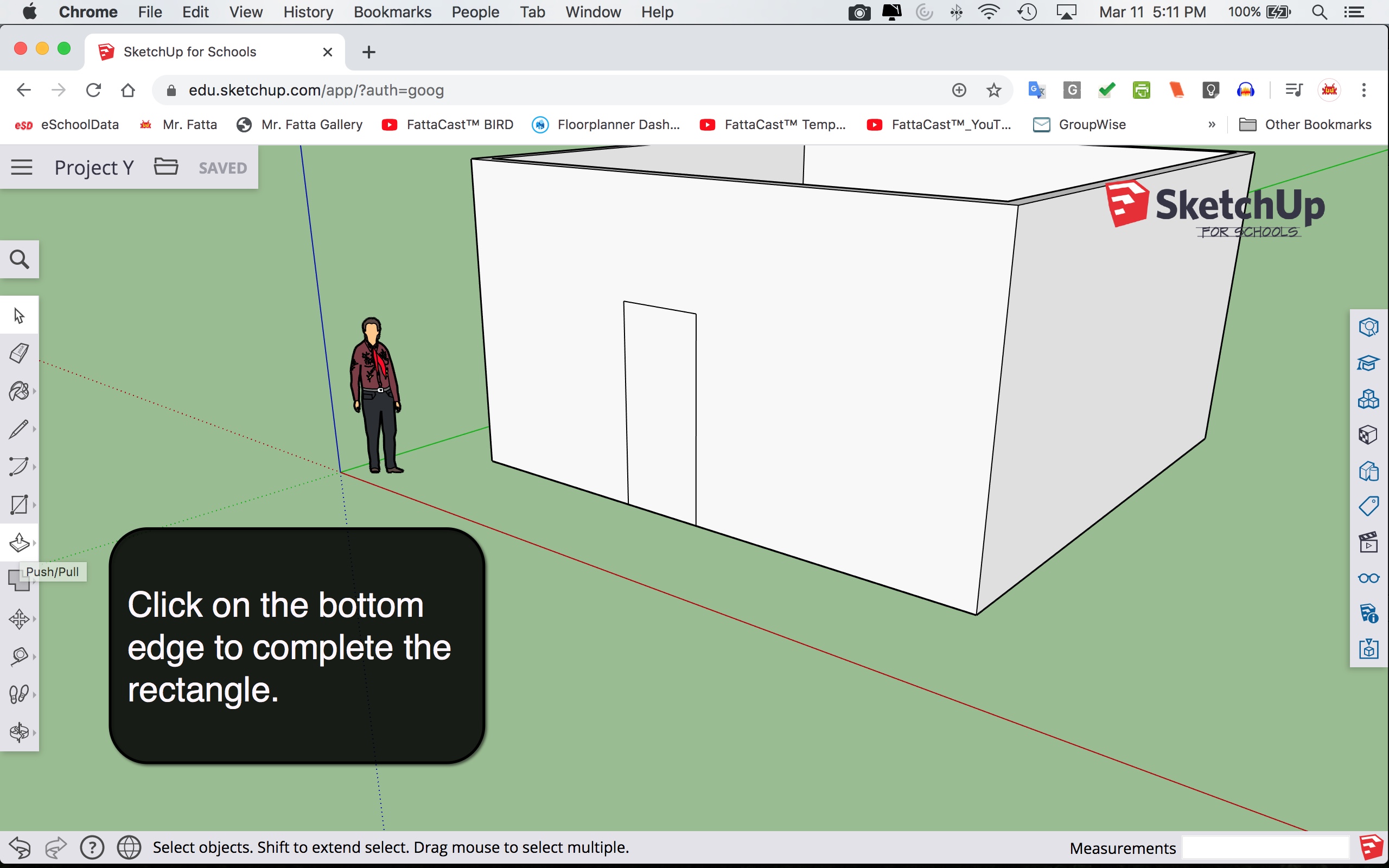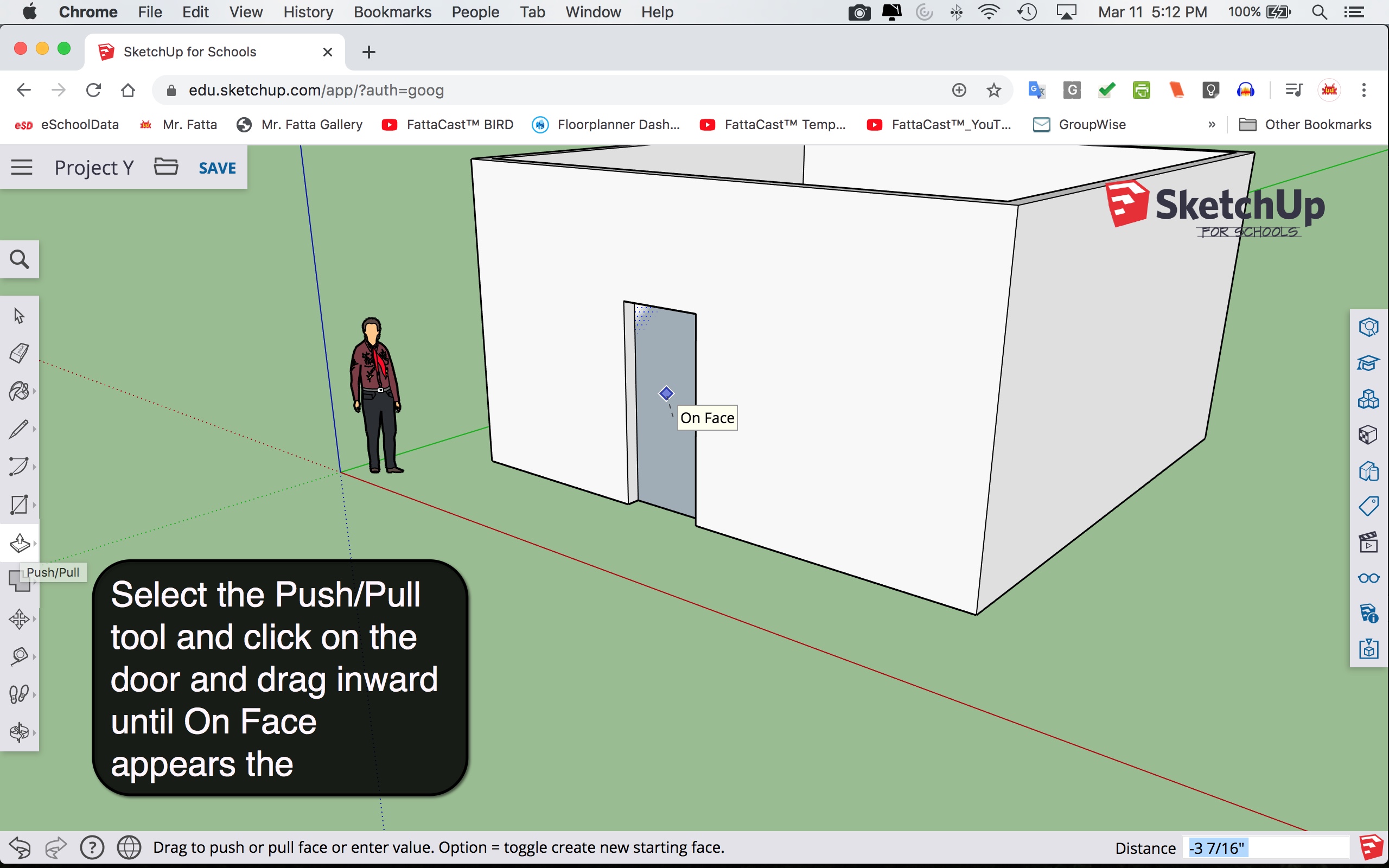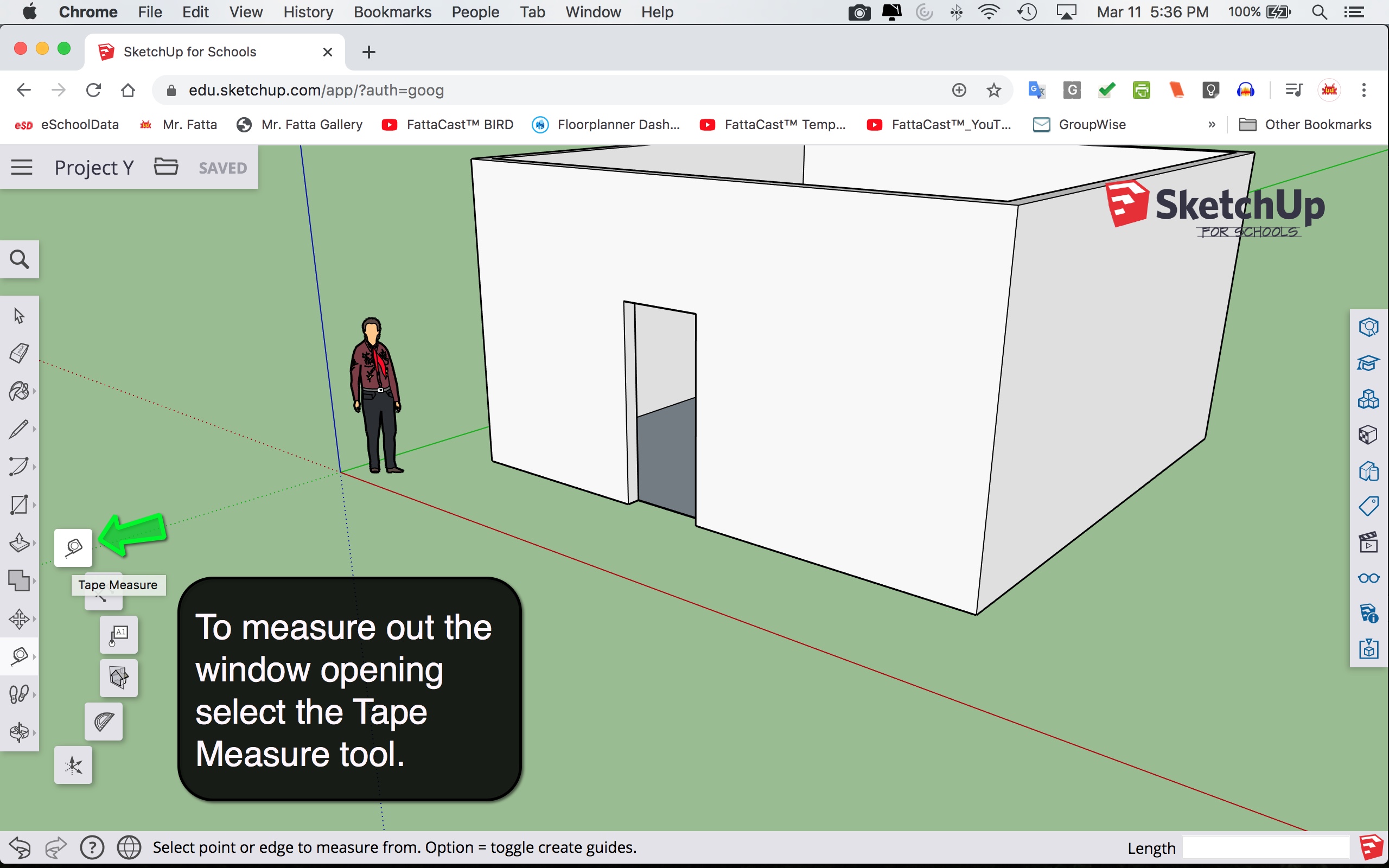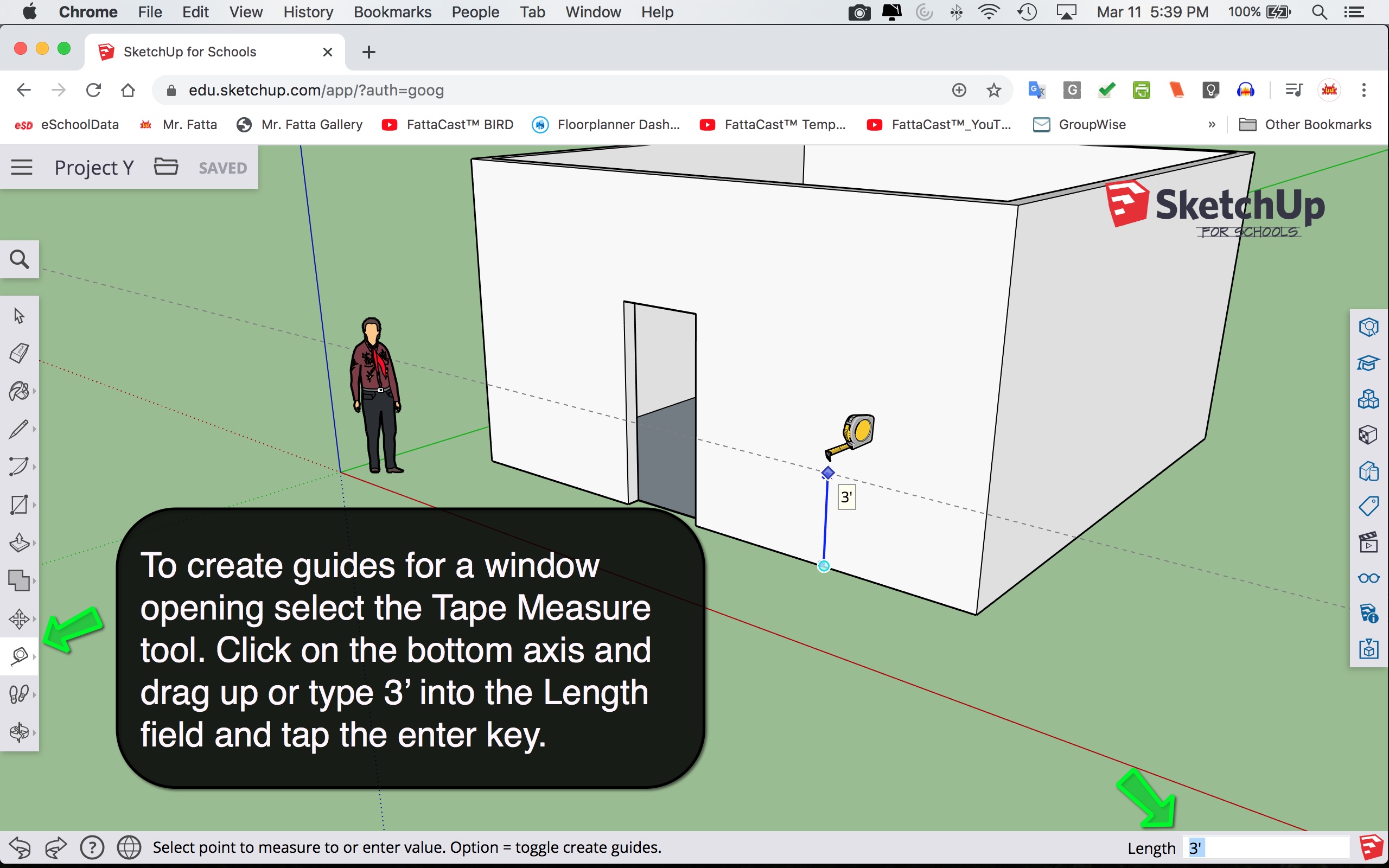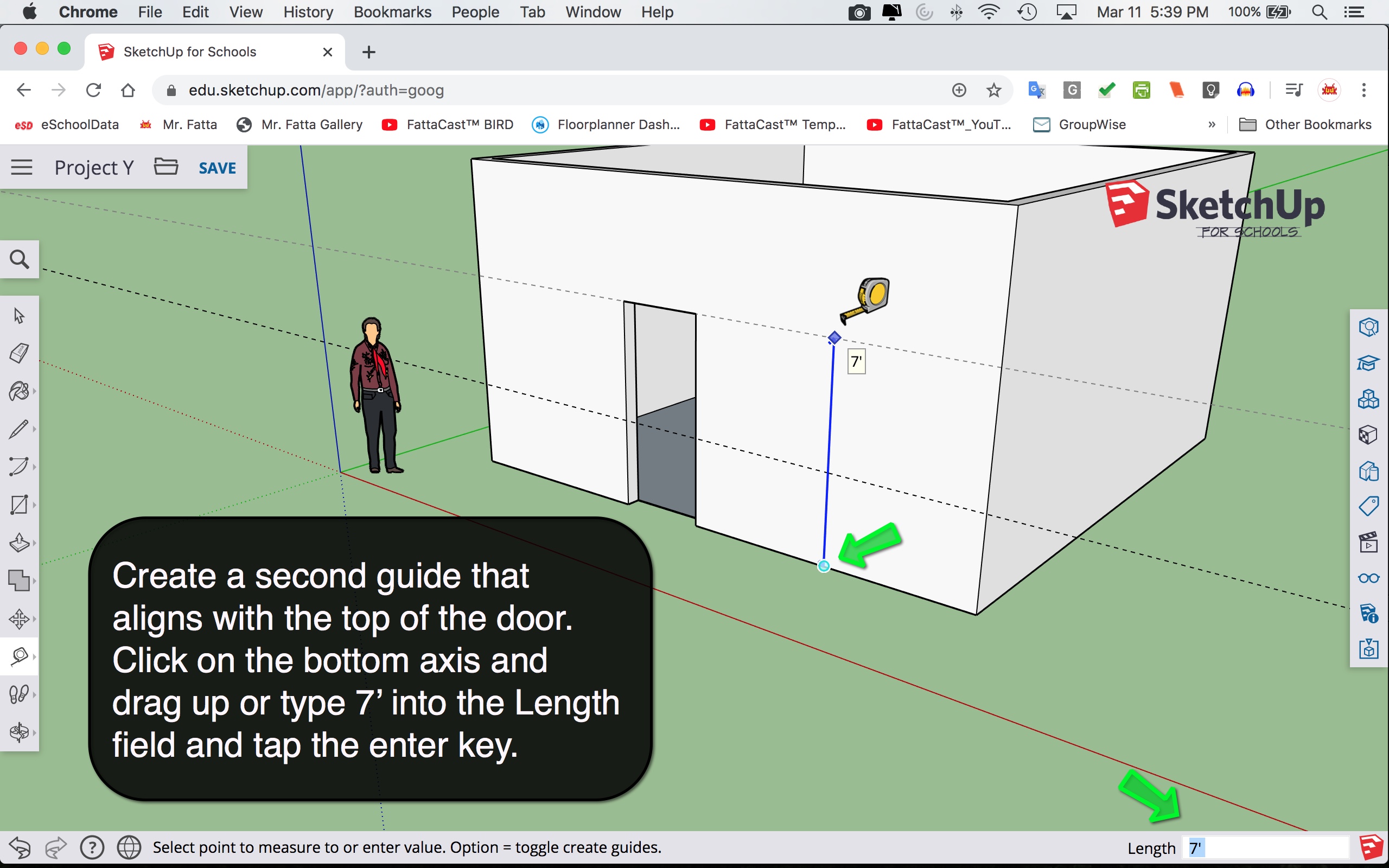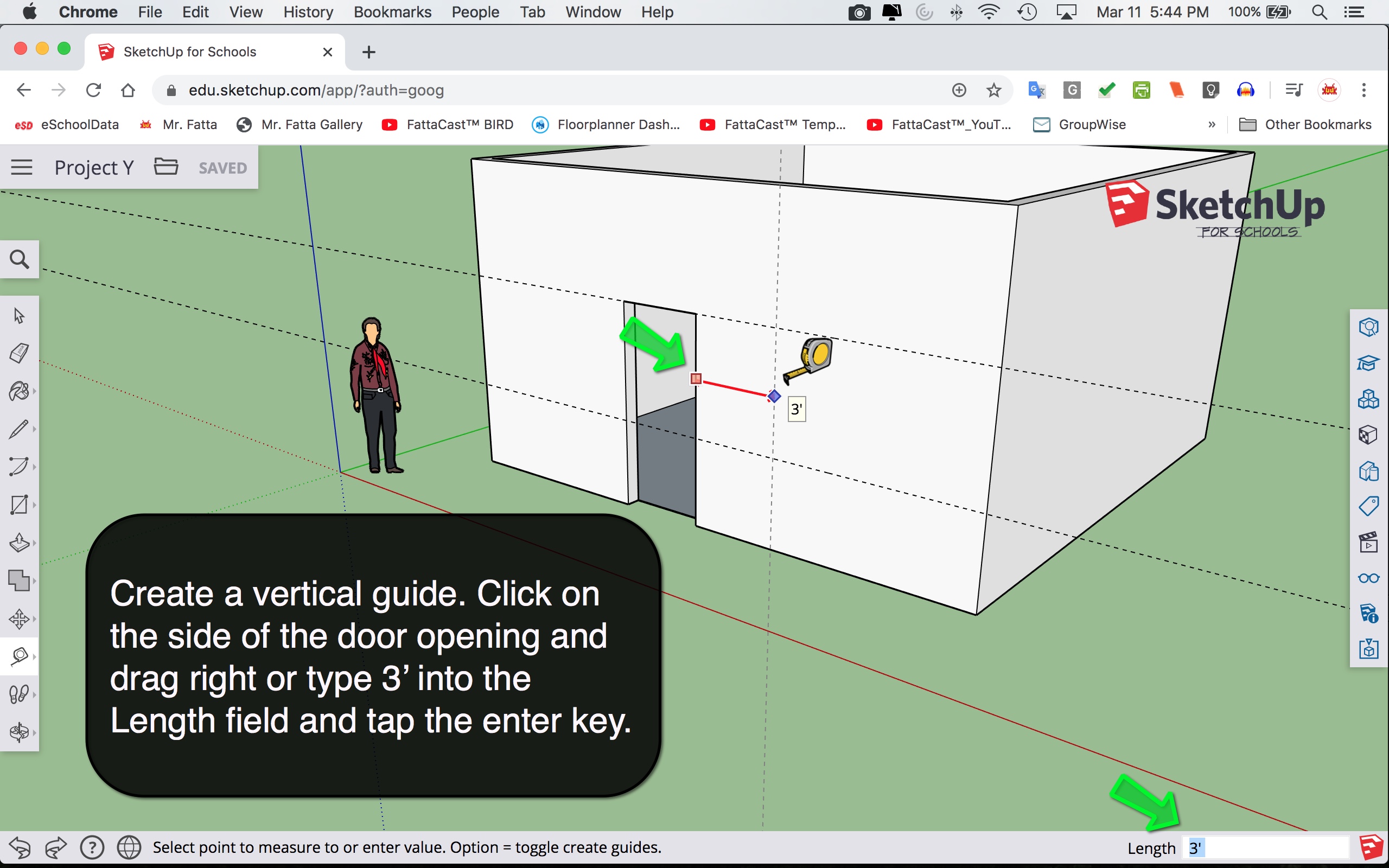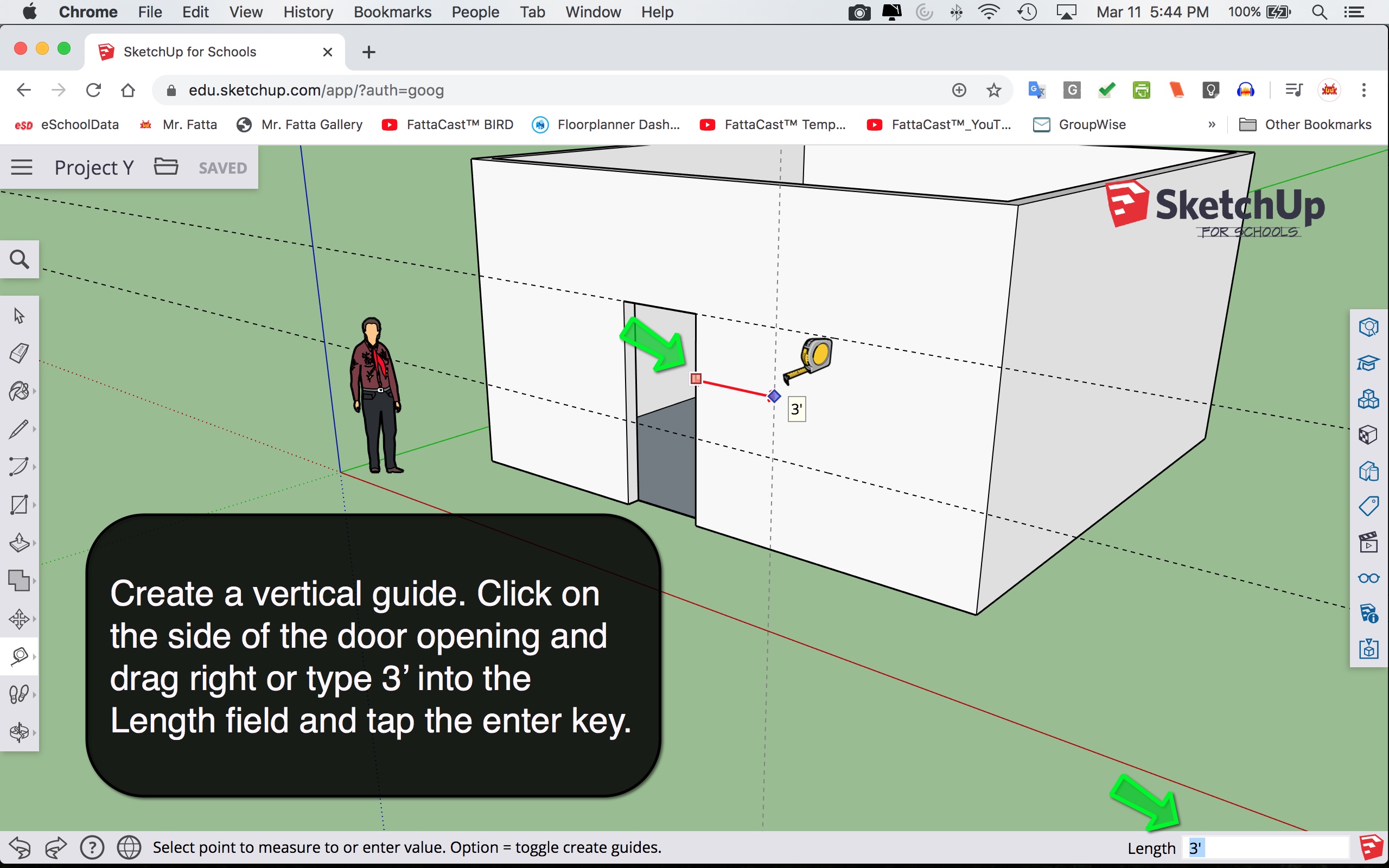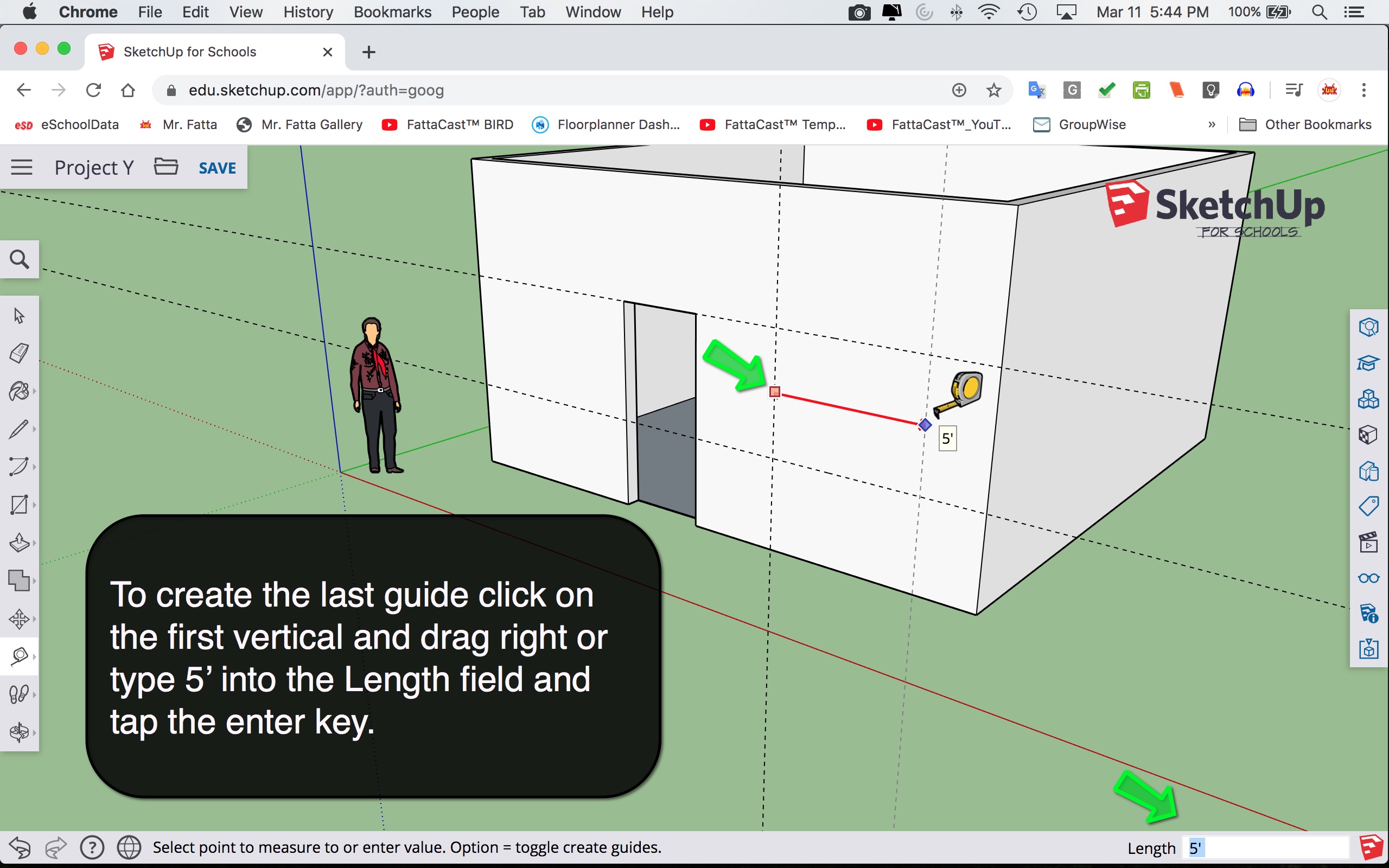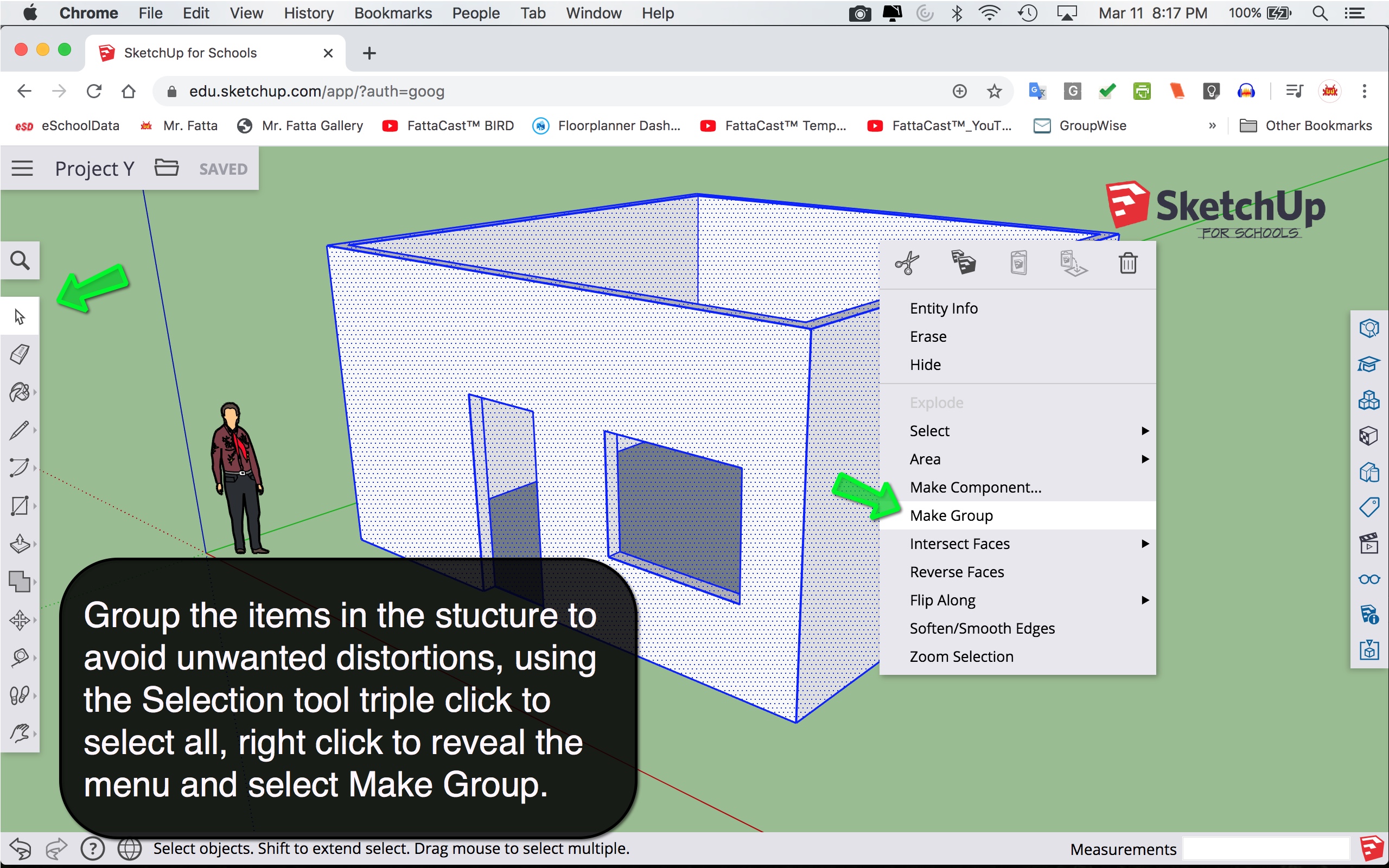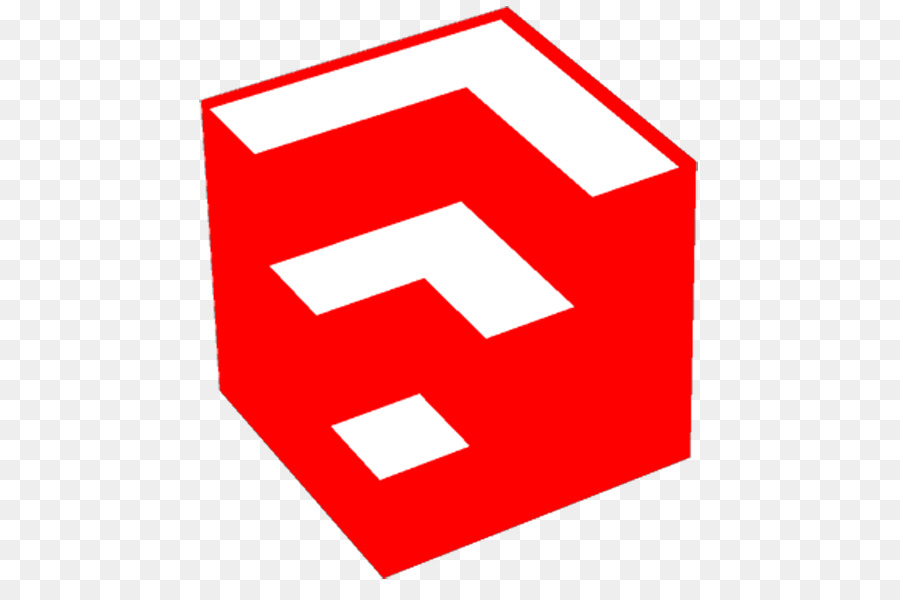
Online modeling software will provide you with a variety of architectural modeling tools that will allow you to render and model 3D images directly on a web browser on a Chromebook, desktop, or laptop computer, or surface, but for best results, a mouse and a computer is best. Sketchup is an online software application available in your student Google account. Simply click the key pad on your Google Drive and scroll down to the the red Sketchup loggo.
I this assignment, create a one room house structure complete with four walls, with windows and a doorway along with a peaked roof. Use the featured tutorials to guide you in creating a 3D model of a simple house structure. Get familiar with the common Draw, Offset, and Push/Pull tools that are common in 3D modeling software applications. There are also a variety of Sketchup tutorials on YouTube that you may find helpful as well.
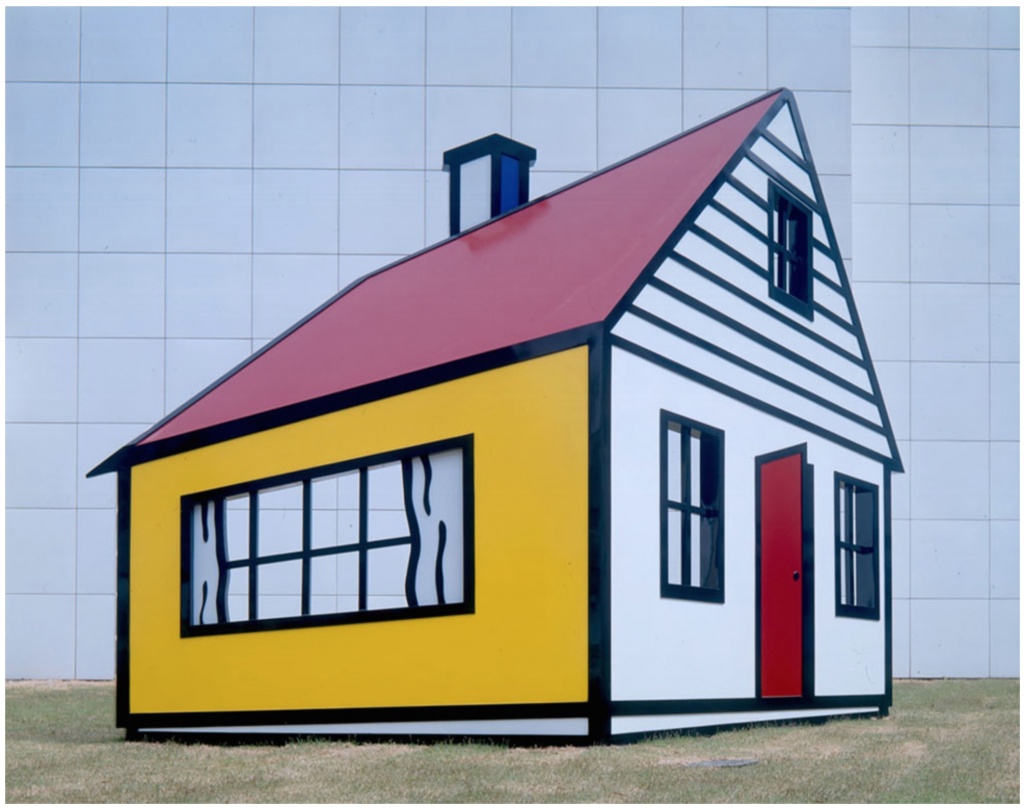
Roy Lichtenstein was born in 1923 in New York City where he lived most of his life of 74 years. Although he loved to draw, his High School didn’t offer art classes so he would draw during his free time. After high school he studied art at Ohio State University earning his bachelor’s degree and then received a MFA from the the same school. Later he would teach classes Ohio State and also taught art classes at SUNY Oswego, and then Rutgers University.
During the early 1960’s Lichtenstein created his first Pop Art paintings. Like many of his contemporaries he was inspired by commercial art of the 1960’s. His paintings emulated the strong black outlines evident in comic book art often using thick, horizontal stripes and patterned dots, called Benday Dots. Benday Dots were originally used in the early days of color printing, usually in cheap news papers and magazines. In the printing process at the time, the spacing of four different colors of dots either close together, far apart, or on top of each other, enabled the printers to mix all the colors. Lichtenstein was inspired by the effect and and incorporated the technique in his work. Looking closely at his works, one can often see the pattern of dots. Lichtenstein’s drew inspiration from, newspapers, comic books, cartoons, and advertisements, and so his work became known as Pop Art because it portrayed images from popular culture.
Text Box
